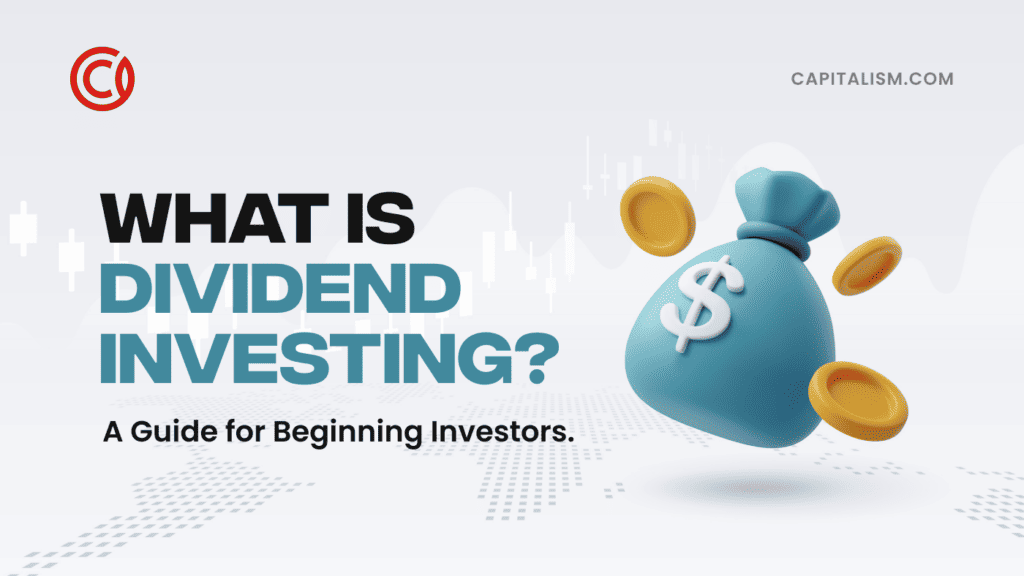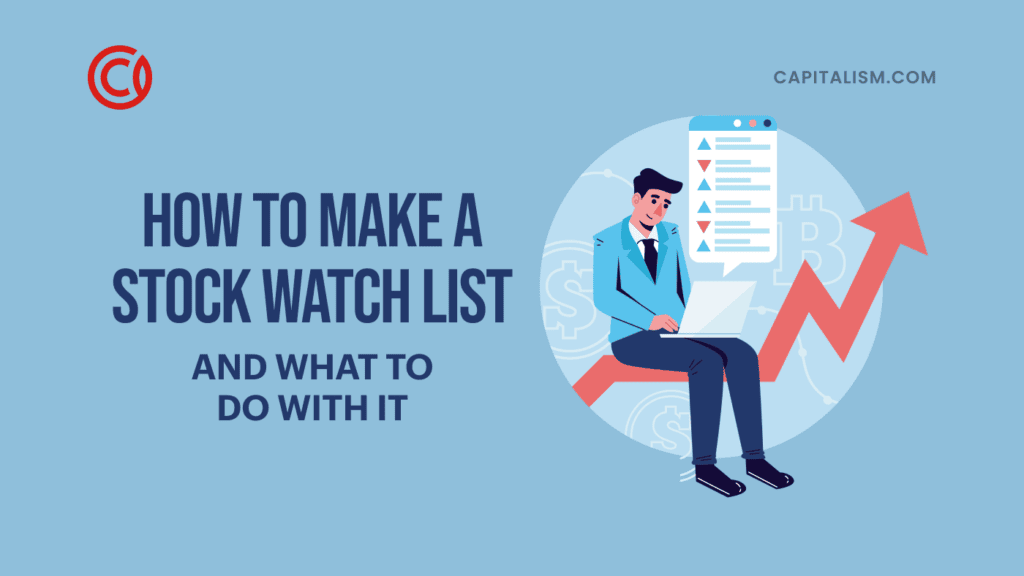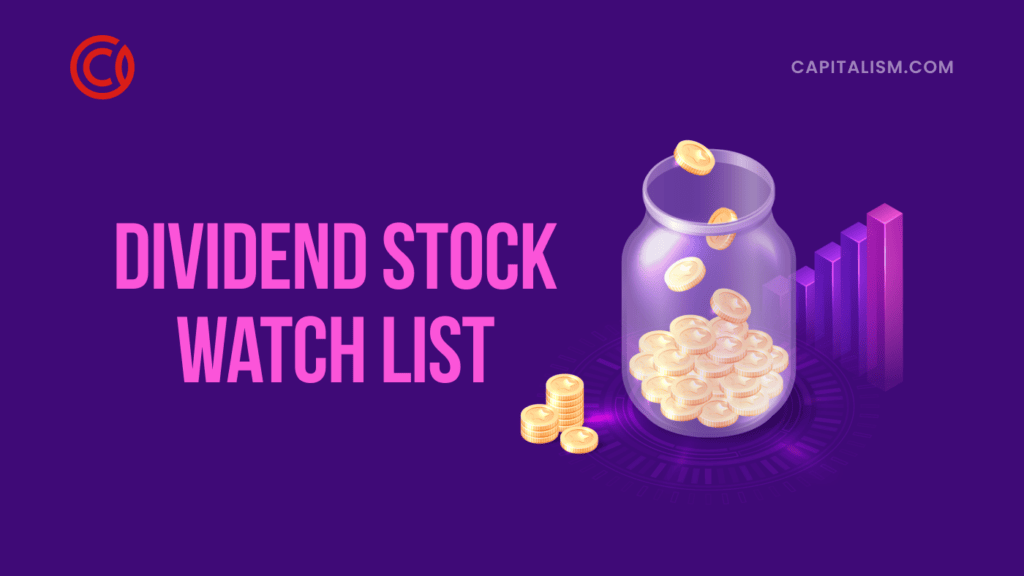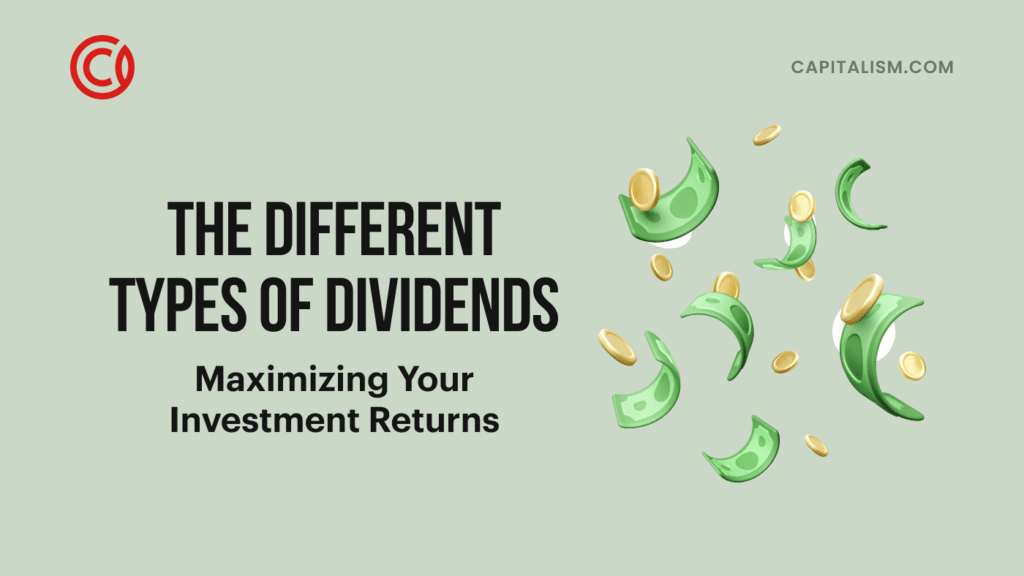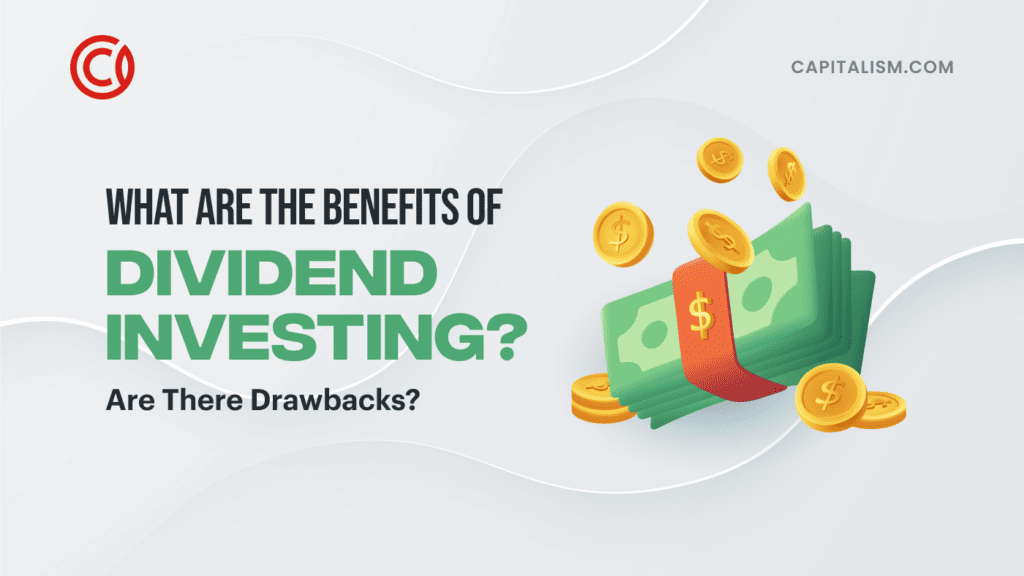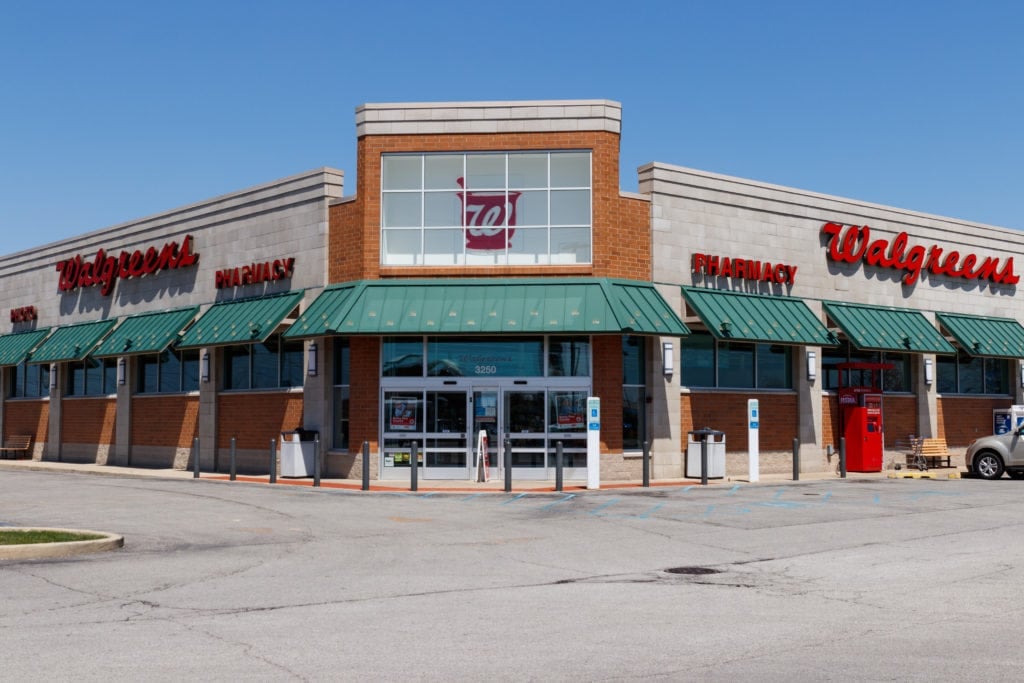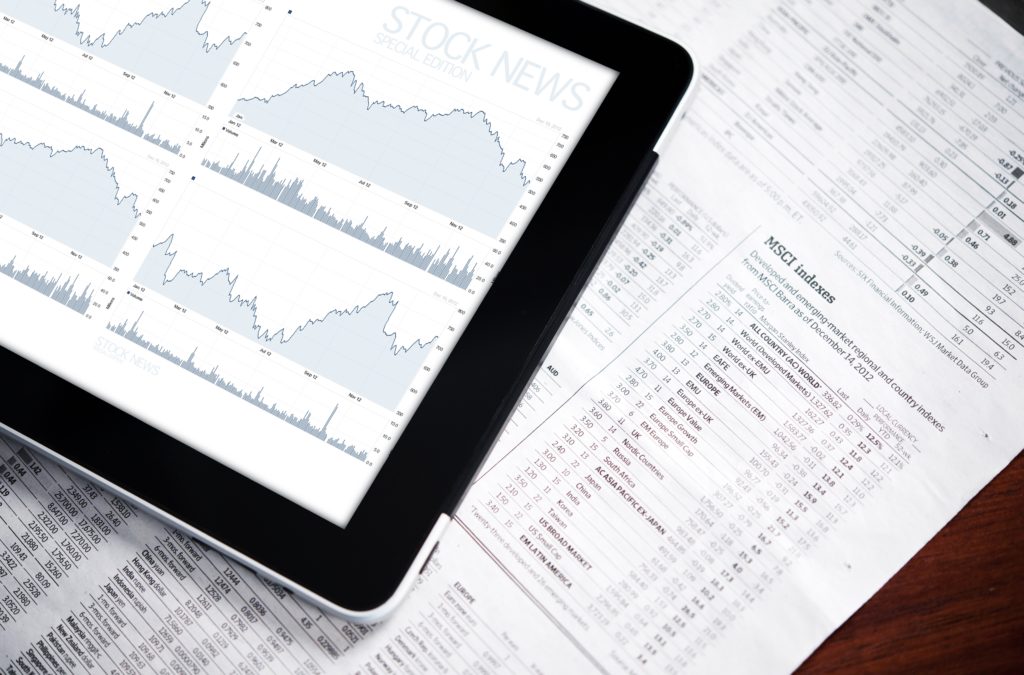So, you're getting ready to invest some money in the market?
Congratulations!
Investing is a time-honored way to build wealth slowly over time. You may feel many different emotions — excitement and curiosity among them. But you may also be a little nervous. It would help if you understood that when you invest in companies that pay dividends, additional benefits can help you manage many of the risks that come with investing.
In the next few minutes, we'll give you an overview allowing you to invest in dividend stocks confidently. You'll understand what a dividend means to you as an investor, how to pick dividend stocks, the benefit of reinvesting dividends and how to avoid a common pitfall of dividend investing.
Plus, find out how we can coach you to grow your net worth, absolutely FREE.
What is a Dividend?
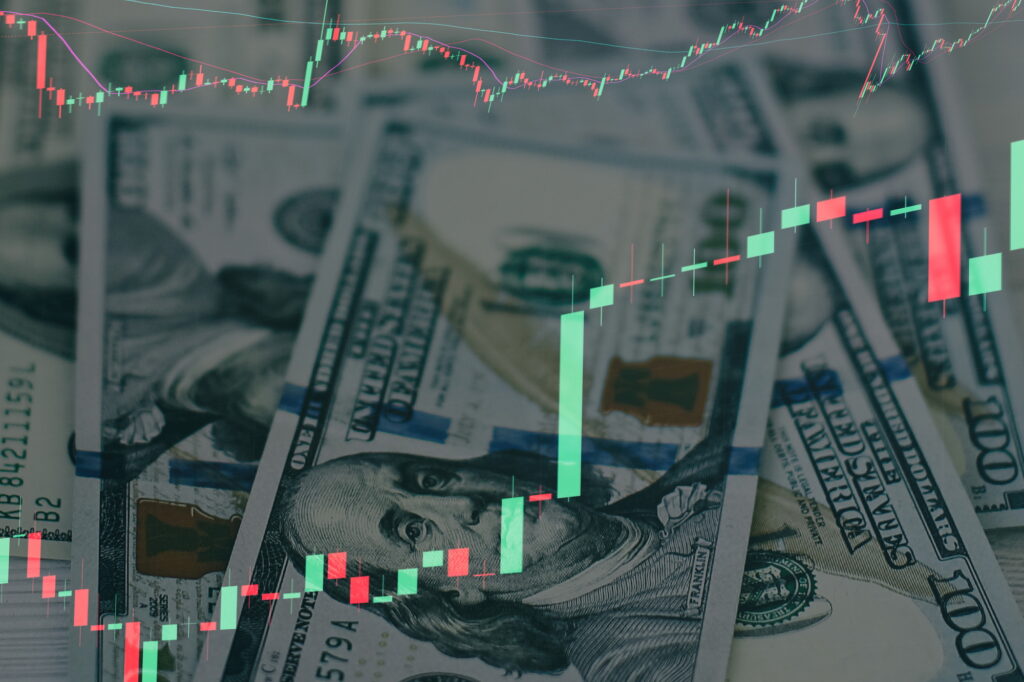
A dividend is a portion of a company's profits to shareholders. For example, in February 2023, McDonald's Corporation (NYSE: MCD) announced it would pay a $1.50 dividend.
In other words, for every share of McDonald's stock you own, you would receive a cash payment of $1.50.
- If you own 10 shares, you'll receive $15: 10 x 1.50
- If you own 50 shares, you'll receive $75: 50 x 1.50
- If you own 100 shares, you'll receive $150: 100 x 1.50
It's that simple. You can receive the money directly as a cash payment, or you can reinvest the dividends, which means the dividend amount gets reinvested, allowing you to own more shares of the stock.
Why Do Companies Issue Dividends?
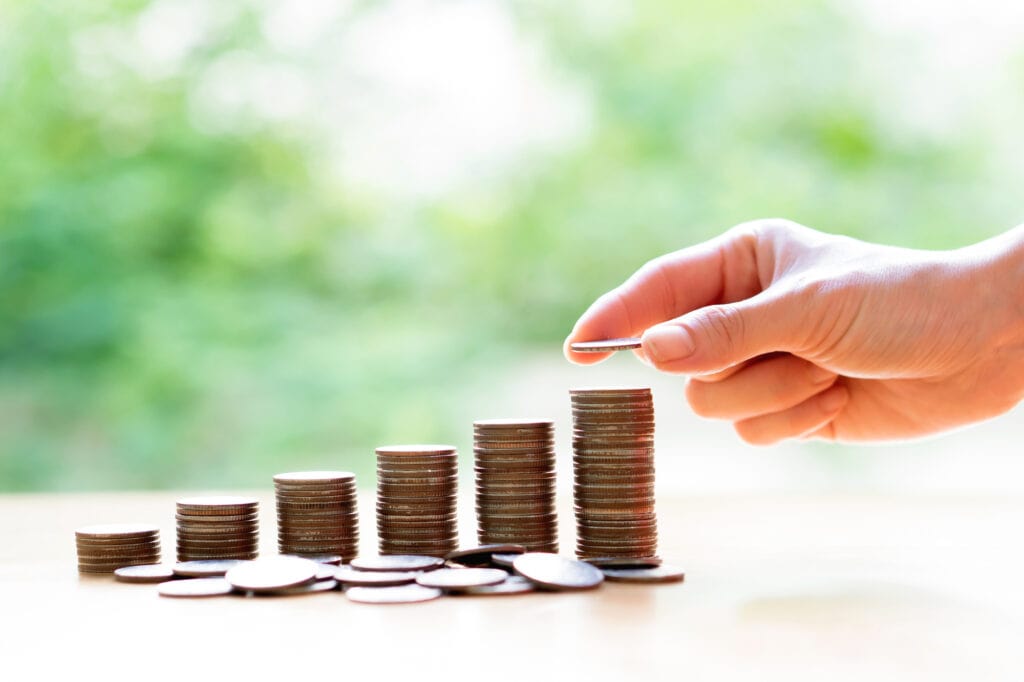
Generally speaking, a company pays a dividend because they have cash left over after paying its short-term obligations and paying for capital expenditures. Companies that pay dividends are usually in a mature business cycle phase.
These companies generally deliver very predictable revenue and earnings. Think of a company like The Procter & Gamble Company (NYSE: PG). You probably have multiple products from this company in your bathroom right now. Many of these products are ones you buy multiple times a year.
The bad news is that once a company gets to a certain level of growth, it's hard for them to expand into other areas. It cannot reinvest its cash and issues a dividend that rewards shareholders with a portion of that profit.
In the best-case scenario, this creates a spiral in which more shareholders buy the company's stock which causes the stock price to go up. You can benefit in two ways:
- The first is share price growth.
- The second is the dividend payment — your total return for owning a stock. We'll get back to that in a little bit.
How Do Dividends Work?
A company's board of directors determines the amount a company pays out as a dividend. After the company announces a dividend, the company establishes the record date, the ex-dividend date and the payment date.
Since you're just starting in dividend investing, the only two dates you need to focus on are the record date and the payment date.
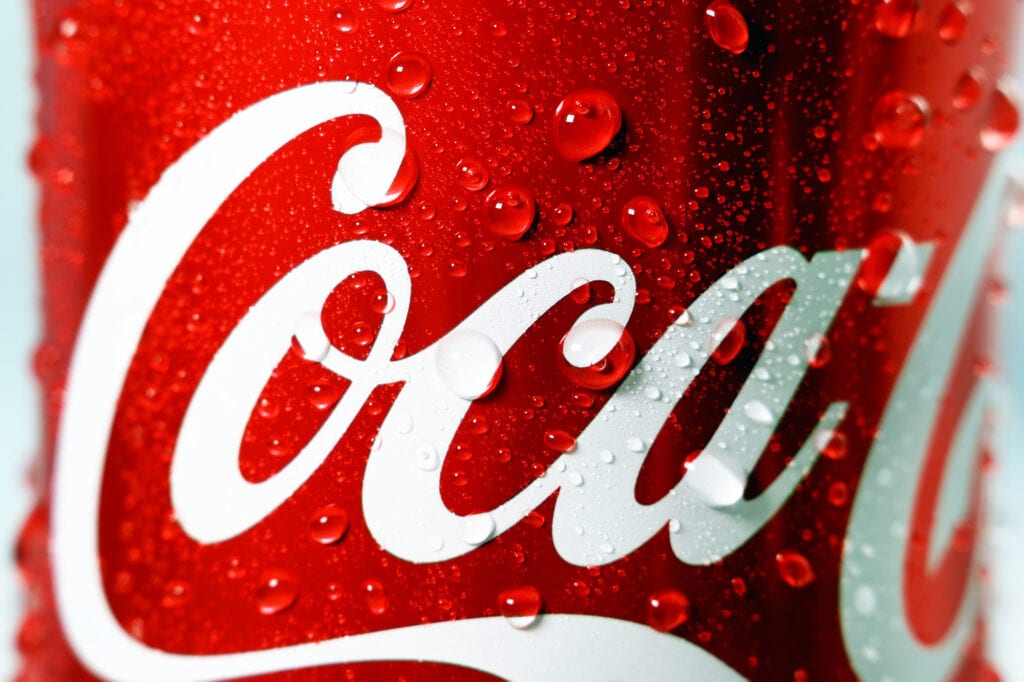
- Record date: The record date is the cutoff date for you to own company stock shares. For example, on April 26, 2023, The Coca-Cola Company (NYSE: KO) announced a 46-cent-per-share dividend with a record date of June 16, 2023. That means if you owned shares of Coca-Cola stock before June 16, you are eligible to receive that dividend.
- Payment date: The payment date is when you will receive the dividend payment. If you choose to have the dividend reinvested, you can automatically reinvest it when the market opens the first trading day after the payment date.
How Frequently Do Companies Pay Dividends?
Companies will typically pay dividends quarterly (every three months). However, some companies pay them monthly. Others may pay dividends less frequently.
Some companies will also issue special dividends. Think of this like an employee bonus. It's a payment that goes to shareholders after a particularly extraordinary year.
What Are the Benefits of Dividend Investing?
You may have people tell you that dividend investing is too conservative. They may say you can get a better return with other investment choices. That may be true, but one of the primary benefits of dividend investing is that it lowers your overall risk by encouraging you to take a long-term look at investing.
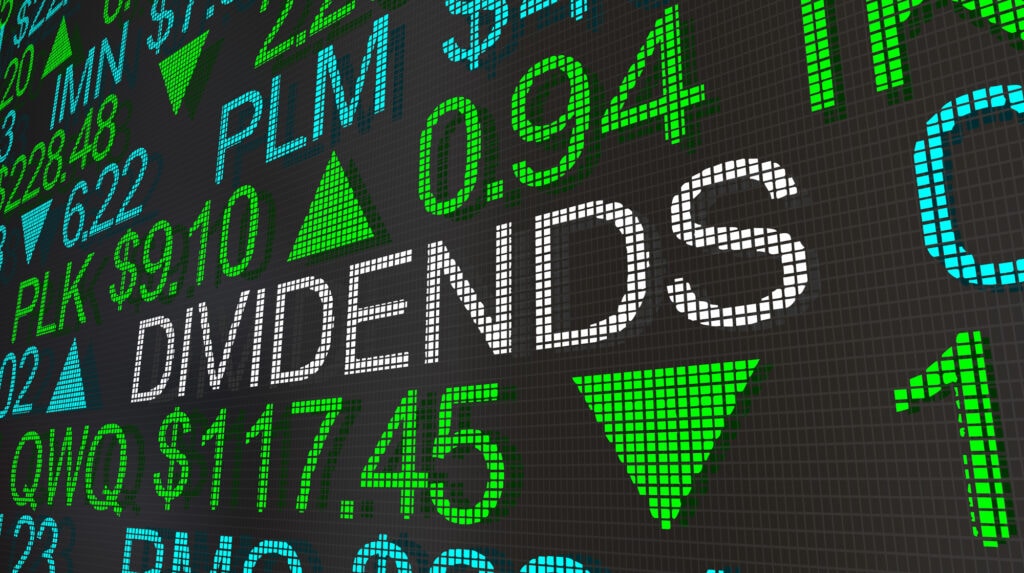
For example, you benefit from the compounding effect when you buy-and-hold dividend stocks and reinvest the dividends. That means you use the dividends to buy more or partial shares of the stock. That increases your payout for the next quarter, allowing you to use that passive income to buy more shares.
But let's say you count on that dividend income for regular expenses. You can still benefit because dividend payments provide a reliable income stream, and dividend payments generally increase over time. That means they can be a good hedge against inflation.
How to Pick the Best Dividend Stocks
The phrase "keep it simple, stupid" is an excellent way to find dividend stocks. Companies that generate consistent revenue and — more importantly — consistent profits are likely solid dividend stocks.
Consumer staples companies, utility companies, and industrial stocks fit that description. Another thing to look for is companies with a history of raising dividends, but it isn't a guarantee that they will continue doing so. Generally, once a company begins to raise its dividend, it will prioritize increasing it. The best of the best have increased their dividends for at least 25 years (Dividend Aristocrats) or 50 years (Dividend Kings).
But there is a difference between a good dividend stock and the best dividend stocks. To find the crème de la crème of dividend stocks, you have to look at dividend yield and dividend payout ratio.
What is the Dividend Yield?
The dividend yield measures the company's dividend as a percentage of its stock price. The formula is as follows:
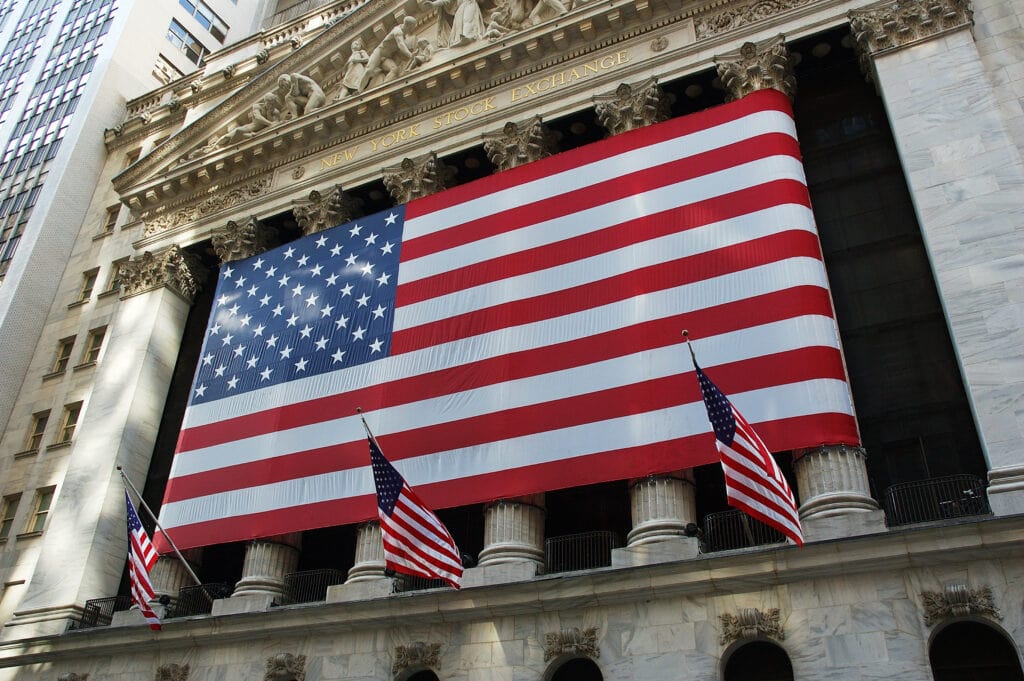
Dividend yield = Current annual dividend (per share)/Current stock price
Here are a few examples:
- Company A pays a total annual dividend of $5 per share. Its stock price is $150. The dividend yield is 5/150 = 3.33%.
- Company B pays a total annual dividend of $4 per share. Its stock price is $80. The dividend yield is 4/80 = 5%.
- Company C pays a dividend yield of $1.50 per share. Its stock price is $90. The dividend yield is 1.6%.
What is the Dividend Payout Ratio?
A company's dividend payout ratio is the net income of dividends. The payout ratio gives investors a picture of a company's cash flow. Net income is a line item on a company's income statement.
There's no specific answer to what constitutes a good dividend payout ratio. Most experts believe a payout ratio between 30% and 60% is good. Some investors would say that it should be at most 50%.
How to Avoid a Key Risk of Dividend Investing
Most of us know that when something sounds too good to be true, it usually is. That's good advice when deciding whether a company's dividend yield is a trap. A dividend yield trap is a stock with a dividend yield that doesn't pass the smell test.
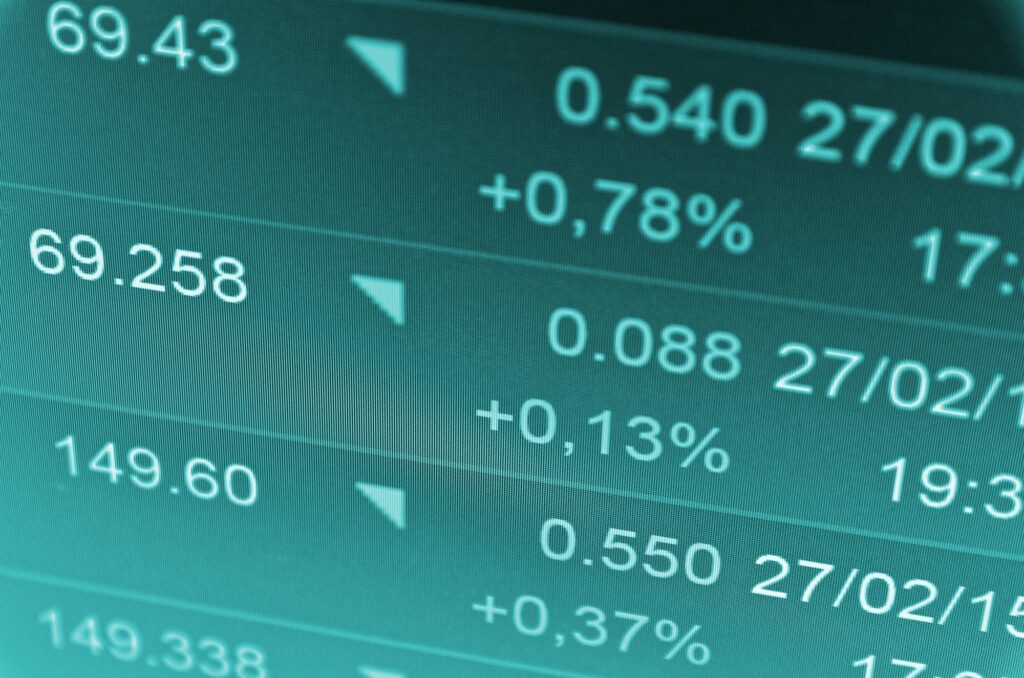
For example, just knowing a company's dividend yield isn't enough. You must also do some basic fundamental analysis to decide if that dividend is safe but don't worry. Many financial sites like MarketBeat.com make this information easy to find.
Signs of a Yield Trap
You can get caught in a yield trap, which occurs when a company's dividend yield is much higher than it can sustain.
- Unusually high yield: A yield that is exceptionally high for its sector. Some companies, such as real estate investment trusts (REITs), have business models that require them to distribute a certain percentage of their income. It's not uncommon for these companies to have double-digit dividend yields. But if a company like Coca-Cola were to offer a 10% dividend yield, it should cause investors to question the sustainability of that dividend.
- A high debt-to-equity ratio: The debt-to-equity ratio is a common metric. Most companies have a certain amount of debt. However, if a company carries too much debt, it may have to cut its dividend if times get tough. Many investors feel a debt-to-equity ratio over 2 is too high, but that depends on the company and its sector.
- High payout ratio: The payout ratio could also be too high. As mentioned earlier, most investors prefer a payout ratio of no more than 60%. A high payout ratio, especially one over 100%, indicates that a company is not generating enough profit to sustain its dividend. It may have to raise debt to finance a dividend.
- Too-high dividend: Sometimes, the dividend is too high based on a company's cash flow. Cash flow is the difference between the money coming into a business and the money that goes out. You can find this information on a company's cash flow statement.
- Fundamental problems: Other fundamental problems with the business can include ongoing litigation, new competition or losing market share.
Build the Life You Want with Dividends
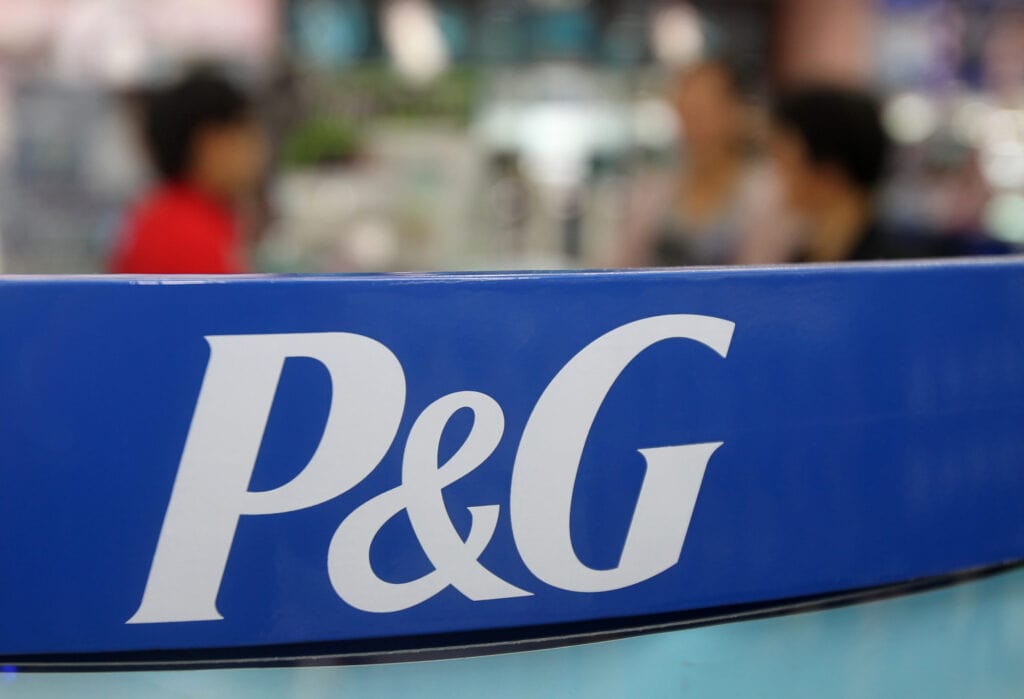
It may sound dramatic, but you're participating in one of the most noble forms of investing by investing in dividend stocks. In return for using your investment dollars for their business, a company returns a portion of their profits to you. It's fair, and it's honorable.
Dividend-paying stocks have funded many comfortable retirements and paid for weddings, vacations and other major life expenses.
What are your goals? Whatever they are, investing in dividend stocks can help you reach them.
Your Turn?
We're huge fans of MarketBeat because we know that the way to build lasting wealth is to build a business and invest the profits. Dividend investing is one of our favorite ways to generate passive income.
Here at Capitalism.com, we're on a mission to make one million new millionaires by 2028. We'd love YOU to be one of them.
That's why we created this FREE course that will help you grow your net worth and make your first million. Join us and let's get started!
